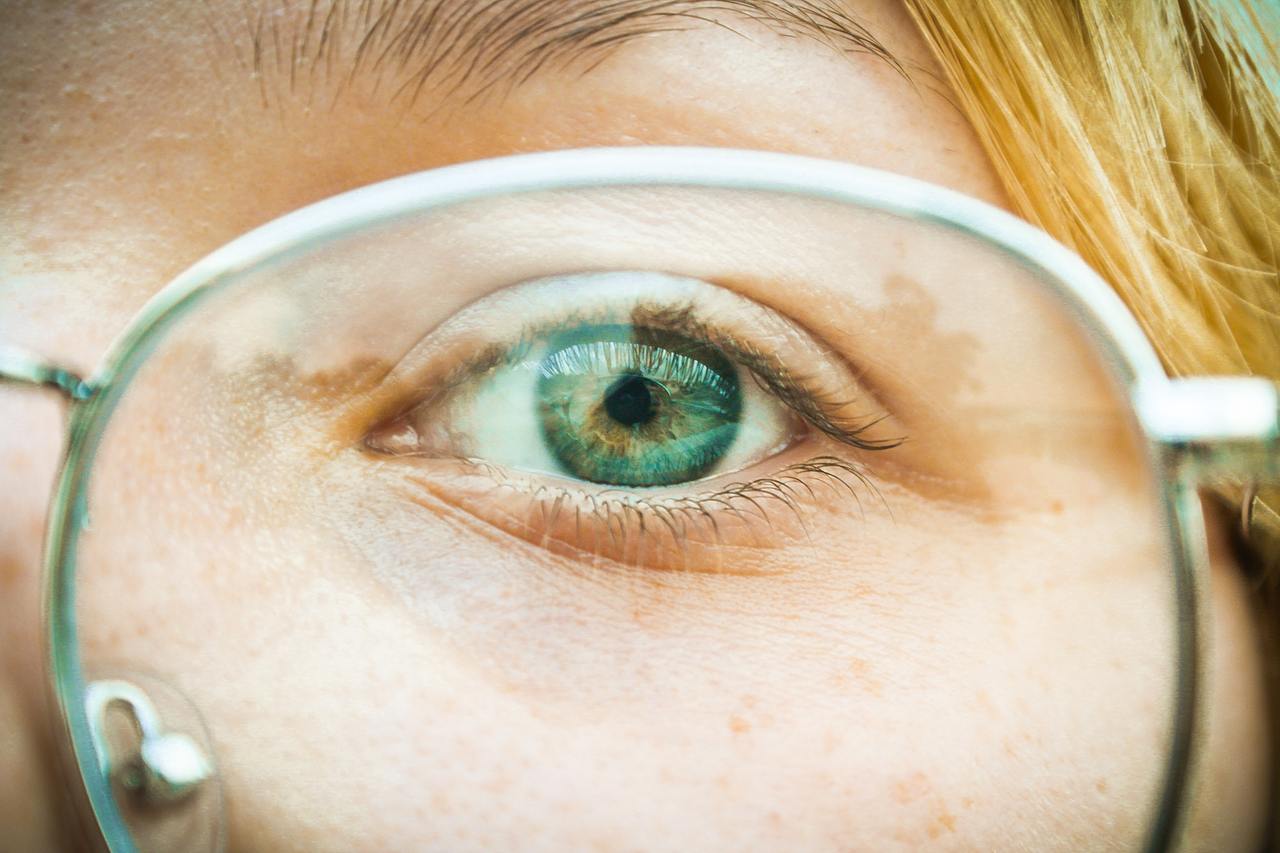Occasional Foggy Vision
Posted : admin On 3/27/2022Diabetes can lead to blurry vision in several ways.
In some cases, it’s a minor problem that you can resolve by stabilizing your blood sugar or taking eye drops. Other times, it’s a sign of something more serious that’s worth discussing with your doctor.
In fact, blurred sight is often one of the first warning signs of diabetes.
Diabetes refers to a complex metabolic condition in which your body either can’t produce insulin, doesn’t produce enough insulin, or simply can’t use insulin efficiently.
Occasional Fuzzy Vision
Insulin is important because it helps break down and deliver sugar (glucose) to cells throughout your body, which needs it for energy.
- Migraine is a headache disorder that affects over 39 million people in the United States.
- A cataract is a condition where the lens of your eye gets cloudy. Your lens is usually clear, so cataracts make it seem like you’re looking through a foggy window. This is the most common cause of.
The amount of sugar in your blood builds up if you don’t have enough insulin to break it down. This is known as hyperglycemia. Hyperglycemia can negatively affect every part of your body, including your eyes.

The opposite of hyperglycemia is hypoglycemia, or low blood sugar. This can also temporarily lead to blurry vision until you get your glucose level back to its normal range.
Blurry vision means it’s harder to make out fine details in what you’re seeing. Several causes can stem from diabetes, as it may be a sign your glucose level is not in the right range — either too high or too low.
Blurred vision, Fatigue, Joint pain (Shoulder) and Joint pain (Wrist) WebMD Symptom Checker helps you find the most common medical conditions indicated by the symptoms blurred vision, fatigue, joint pain (shoulder) and joint pain (wrist) including Carpal tunnel syndrome, Diabetes, type 2, and Rheumatoid arthritis.
The reason your sight blurs may be fluid leaking into the lens of your eye. This makes the lens swell and change shape. Those changes make it hard for your eyes to focus, so things start to look fuzzy.
You may also get blurred vision when you start insulin treatment. This is due to shifting fluids, but it generally resolves after a few weeks. For many people, as blood sugar levels stabilize, so does their vision.

Longer-term causes of blurry vision can include diabetic retinopathy, a term that describes retinal disorders caused by diabetes, including proliferative retinopathy.
What Causes Foggy Vision
Proliferative retinopathy is when blood vessels leak into the center of your eye. Besides blurry vision, you may also experience spots or floaters, or have trouble with night vision.
You might also have blurry vision if you’re developing cataracts. People with diabetes tend to develop cataracts at a younger age than other adults. Cataracts cause the lens of your eyes to become cloudy.
Other symptoms include:
- faded colors
- clouded or blurry vision
- double vision, usually in just one eye
- sensitivity to light
- glare or halos around lights
- vision that doesn’t improve with new glasses or a prescription that must be changed often
Hyperglycemia results from glucose building up in the blood when the body lacks insulin to help process it.
Besides blurred vision, other symptoms of hyperglycemia include:
- headache
- fatigue
- increased thirst and urination
Managing your glucose levels to avoid hyperglycemia is important because, over time, poor blood sugar control can lead to more problems with sight and potentially increase the risk of irreversible blindness.
Blurry vision can also be a symptom of glaucoma, a disease in which pressure in your eye damages the optic nerve. According to the National Eye Institute, if you have diabetes, your risk of glaucoma is double that of other adults.
Other symptoms of glaucoma may include:
- loss of peripheral vision or tunnel vision
- halos around lights
- reddening of the eyes
- ocular (eye) pain
- nausea or vomiting
The macula is the center of the retina, and it’s the part of the eye that gives you sharp central vision.
Macular edema is when the macula swells due to leaking fluid. Other symptoms of macular edema include wavy vision and color changes.
Diabetic macular edema, or DME, stems from diabetic retinopathy. It usually affects both eyes.
The National Eye Institute estimates that around 7.7 million Americans have diabetic retinopathy, and of those, nearly one in 10 have DME.

If you have diabetes, you’re at increased risk for a variety of eye problems. It’s important to have regular checkups and eye exams. This should include a comprehensive eye exam with dilation every year.
Be sure to tell your doctor about all of your symptoms, as well as all the medications you take.
Blurred vision can be a minor problem with a quick fix, such as eye drops or a new prescription for your eyeglasses.
Occasional Cloudy Vision
However, it can also indicate a serious eye disease or an underlying condition other than diabetes. That’s why you should report blurry vision and other vision changes to your doctor.
In many cases, early treatment can correct the problem or prevent it from getting worse.